This ones is jam packed. I had slept all that night in a swag again. And since we were now right into the Outback in the early summer, I was very warm. Now, I’m a heat lover, so of course the following morning others were complaining that it had been too hot in the night. But I was perfectly toasty and comfortable….except for the two ant bites I received. Hey, what are ya gonna do when you’re basically sleeping on the ground in the Australian Outback?
Anyway, after a long drive, the destination loomed ahead: Coober Pedy. And the intensely humorous and not to be mistaken signage continued.


It’s an Opal mining town. They provide 75% of the world’s opals, and Australia alone provides 82%. The government has set up protections that prevent a large corporation coming in and digging everything up in a couple years and then taking off again That’s to ensure that a thriving community continues to exist there.


Coober Pedy’s specialty is the light/white Opals. And the rarest ones have little red flecks in them. On the tour we learned about whole opals, doublets, and triplicates, etc. How they differ and how the value dimishes with each step. Tonya, the guide in the pictures, has lived in Coober Pedy all her life. She has raised four kids by herself and has three grandkids. And she has the funniest, acerbic wit ever – she really made the whole things a riot.
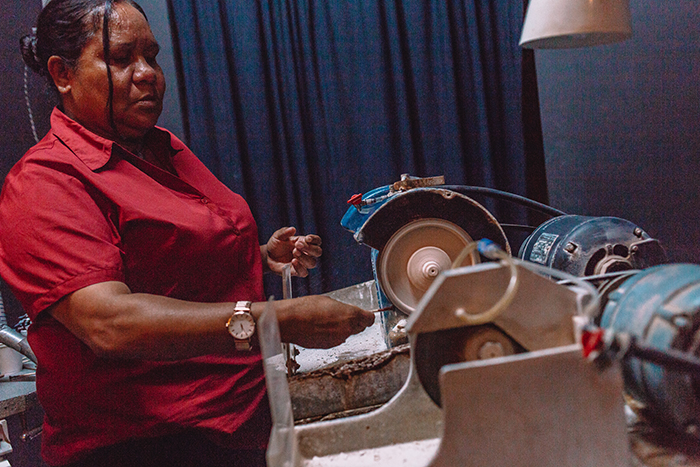

In the Opal museum and old mine, you can see what the earliest dug outs looked like, and what modern ones look like. You see, two thirds of the the town still lives underground – because of intense heat in the summer and the protection they provide from storms.. And Coober Pedy is the name given by the aboriginal peoples when white men came here and started living in caves. It means “white men who live in caves” according to Tonya.



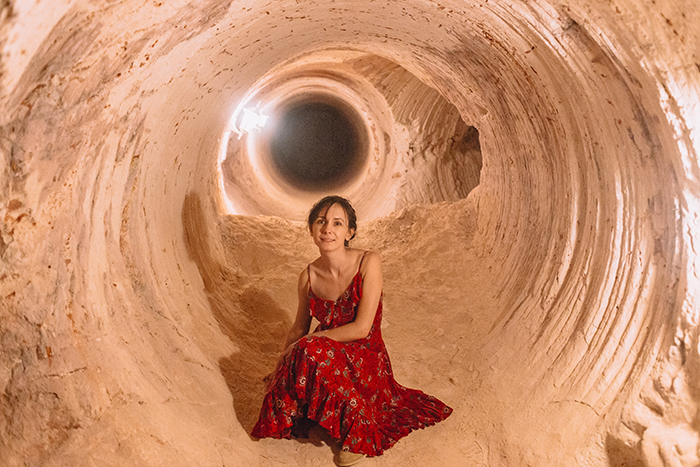
Modern dugouts all require air shafts – for obvious purposes, and they have the kitchens and bathrooms all at the front of the house. For obvious purposes as well: plumbing is costly, and also if things get damaged it stays at the front of the house where it’s easier to control and repair.



After the Opal mine museum, it was time for some uber cuteness in the form of a Kangaroo Orphanage. Kangaroos are brought here when the moms are killed and joeys are found inside. The whole place runs on donations, and the attached gallery/shop. Rescued kangaroos are not allowed to be reintroduced to back into the wild, so they usually go on to sanctuaries and parks.


This little guy was rescued and came with a broken tail that is slowly mending. He is only 6 months old. And while getting his milk from the bottle, we learned that Kangaroos are lactose intolerant, which prompted a fellow traveler to turn to me saying, “Maybe you’re a kangaroo!” Which of course made me laugh.

He was pushed out of his bag to get some necessary exercise for development. But after two seconds of standing like this, he hopped over to his bag and pushed his was back in It was too adorable to see this little guy hopping around. After all this adventure, it was time to settle into our underground bunkhouse for the night.





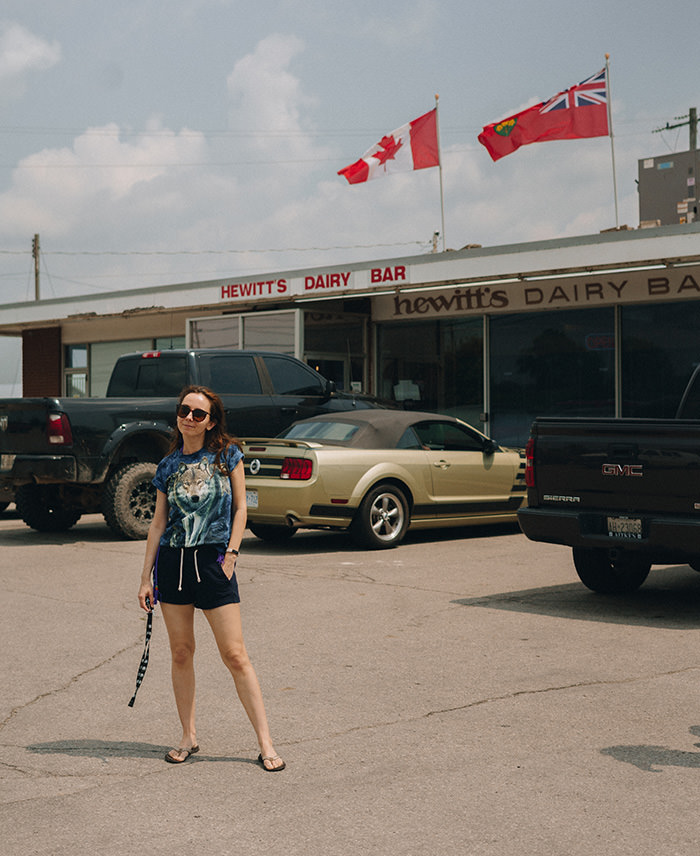
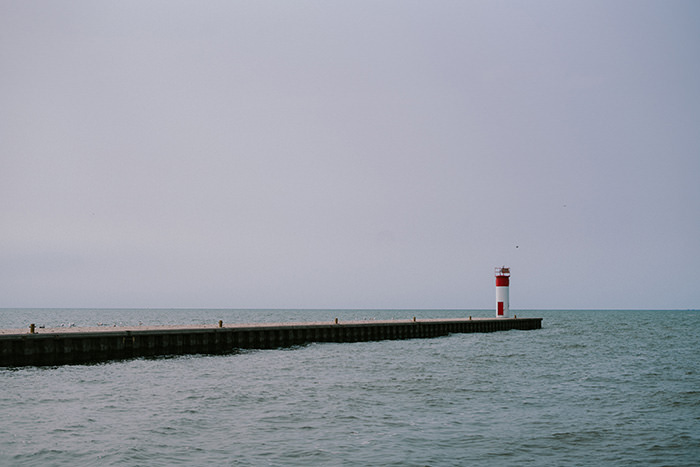
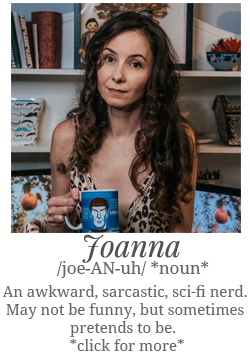


NO COMMENTS